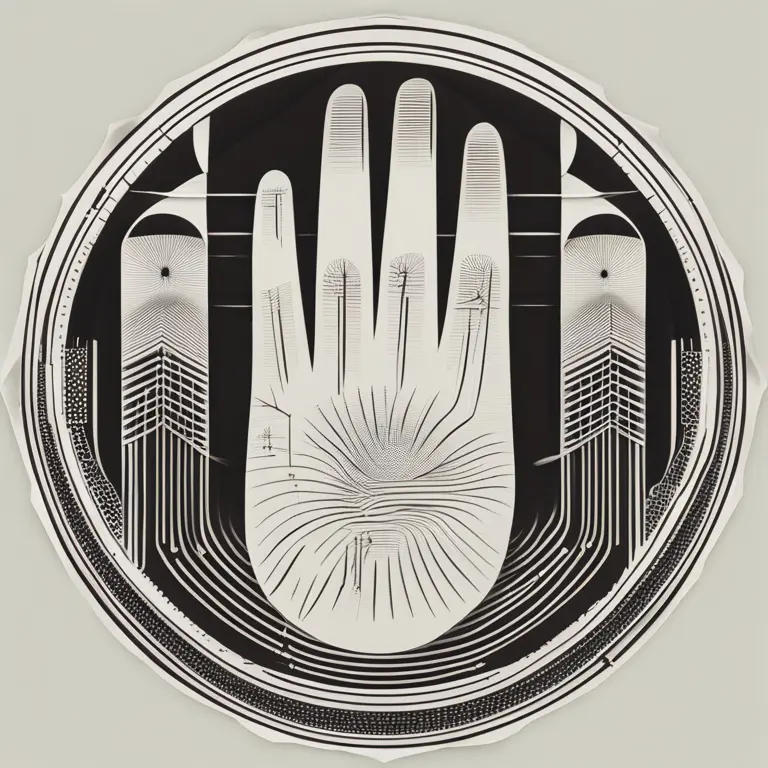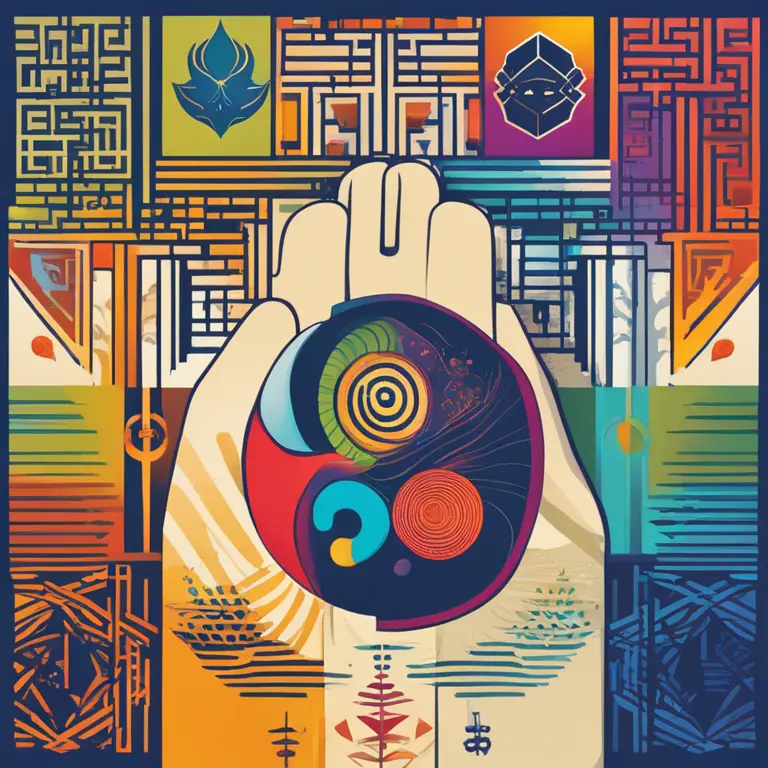
A Guide to Different Palmistry Practices
Delve into the fascinating world of palmistry and discover the various techniques used to interpret the lines and features of the hand.
article by Nora Pennington
Varieties of Palmistry Traditions
Palmistry, or chiromancy, is an ancient art with roots stretching across various cultures, each with its unique approach to hand analysis. While the core principle revolves around studying the palm to predict the future and unravel personality traits, palmistry traditions differ in practice and interpretation. Western palmistry, often associated with Greek mythology and astrology, is typically divided into two categories - chirognomy and chiromancy. Chirognomy focuses on the shape and texture of the hands and fingers, considering these features as reflections of personality. On the other hand, chiromancy delves into the lines and mounts of the palm, uncovering insights into an individual's life path.

Eastern Palmistry Insights
Venturing to the East, we encounter another palmistry school that exhibits different techniques and philosophies. Chinese palmistry, for example, attributes great importance to the balance of the Yin and Yang energies, as seen through the hands. The Chinese approach also considers the five elements – wood, fire, earth, metal, and water – which correspond to different parts of the palm and fingers. Meanwhile, Indian palmistry, or Hasta Samudrika Shastra, intertwines with Vedic astrology, focusing on the lines and mounds of the hand but also includes markings like circles, triangles, and grilles, each carrying their unique significance.

Contemporary Palmistry Fusion
Modern palmistry represents a fusion of the historical schools, integrating elements from both Western and Eastern traditions while incorporating new research in psychology and human biology. Lines such as the heart, head, life, and fate remain central in analyses, but contemporary palmists often use a holistic approach that includes finger lengths, interdigital spaces, and dermatoglyphics (skin patterns). Moreover, technology has expanded palmistry's reach, with digital imaging and software aiding in detailed hand analysis, providing a space for further validation and study of palmistry theories in the realm of scientific inquiry.

Specialized Palmistry Types
Apart from the broad distinctions between Western and Eastern palmistry, there are specialized types that focus on particular aspects of the palm. For instance, medical palmistry, or chirology, examines the hand for clues about an individual's health and potential medical conditions. Another niche is psychological palmistry, which aims to understand psychological traits via hand shapes and lines. Psychodermic patterns, such as whorls and loops, can give insights into behavioral patterns and personality aspects. Each specialization broadens the application of palmistry, making it relevant to diverse fields like psychology, medicine, and personal development.

The Art of Learning Palmistry
For those intrigued by palmistry and looking to learn, the journey involves studying various hand characteristics and lines, understanding the symbology behind them, and practicing the art of synthesis. Mastery of palmistry is not just about memorizing meanings but also about developing intuition and the ability to connect different palmistry elements into a coherent narrative. Embracing the multi-faceted aspects of this practice, a palmist can guide others in self-discovery, career choices, relationships, and even aligning life decisions with one's biological rhythms and potential.
Published: 1/11/2024
Modified: 1/12/2024
More predictions
Come back here soon to learn more about yourself and your future


Can Palmistry Predict Your Path Incorrectly?
Delving into the accuracy of palm readings, this article examines whether palmistry can lead to incorrect predictions about one's life and destiny.


Can Palmistry Foresee One’s Demise?
Delve into the contentious debate about whether palmistry can predict the end of life and the ethical considerations of such a claim.


The Ancient Art of Vedic Palmistry
Discover the ancient art of Vedic Palmistry and its practice in the modern era, revealing the secrets held within the lines of the hand.